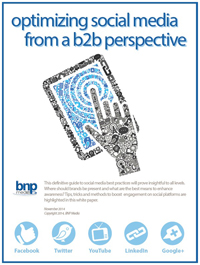Editor's Memo: A New Start
The start of a new year is a time for introspection. Here at ASI, we are constantly reevaluating our content, whether in print, online, in our weekly e-mail newsletter, or in our web seminars. Are we reaching the right audience? Are we providing the right kind of information - what our readers need to do their jobs effectively and stay abreast of trends in the industry? Is this information presented in a reader-friendly and accurate format?
To kick off the New Year, we have several exciting features in this issue. Our look at new technologies starts with the best: three award-winning papers presented at meetings during 2005. The first article, "High-Performance Styrenic Block Copolymers Featuring a Novel Hybrid Midblock Phase," is winner of the Best Technical Paper award at the Adhesive & Sealant Council Fall 2005 Convention, held in Louisville, KY.
Following that is GE Advanced Materials-Silicones' "Polymer Problem Solver," an article that examines a new low-viscosity, plasticizer-free prepolymer that allows freedom in formulating sealants.
The article , "Pulsed Electron Beam Polymerization," is winner of the PSTC's Carl A. Dahlquist Award, which was presented at the Tech XXVIII conference in Baltimore.
Winner of the ASC's Best Business Paper award is "Globalization: The Tail Gets Longer," a look at globalization in the adhesives and sealants industry as compared to other industries.
Continuing our series on leaders of the industry is "Dr. Robert H. Krieble," a profile written by Dr. Dave Dunn, president of FLD Enterprises and a member of ASI's Editorial Advisory Board. Krieble was a distinguished chemist who helped build Loctite into the success it is today, and was an inspiration to all.
Our website features several online exclusives this month as well, each dealing with the current state of our industry. "On An Upswing" looks at the results of the 2004 End Use Market Survey of the Polyurethanes Industry in the United States, Canada and Mexico. The survey was conducted by IAL Consultants.
In the wake of the current global shortage of Fischer-Tropsch waxes (F-T waxes) comes the article "Reducing Fischer-Tropsch Wax Content in Hot-Melt Adhesives." This online-only article provides a guide to formulating hot-melt adhesives with reduced F-T wax content.
And a staff-written article on the State of the Adhesives Industry looks at current trends in the industry, challenges that adhesives and sealants manufacturers are facing, and predictions for 2006 and beyond.
Visit www.adhesivesmag.com for details.
Best wishes for a happy, safe and successful 2006!
Looking for a reprint of this article?
From high-res PDFs to custom plaques, order your copy today!






